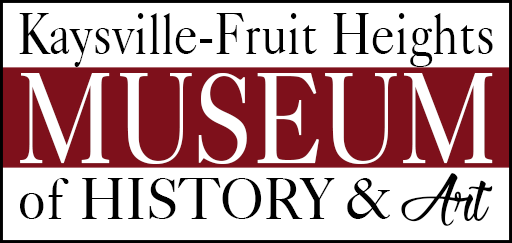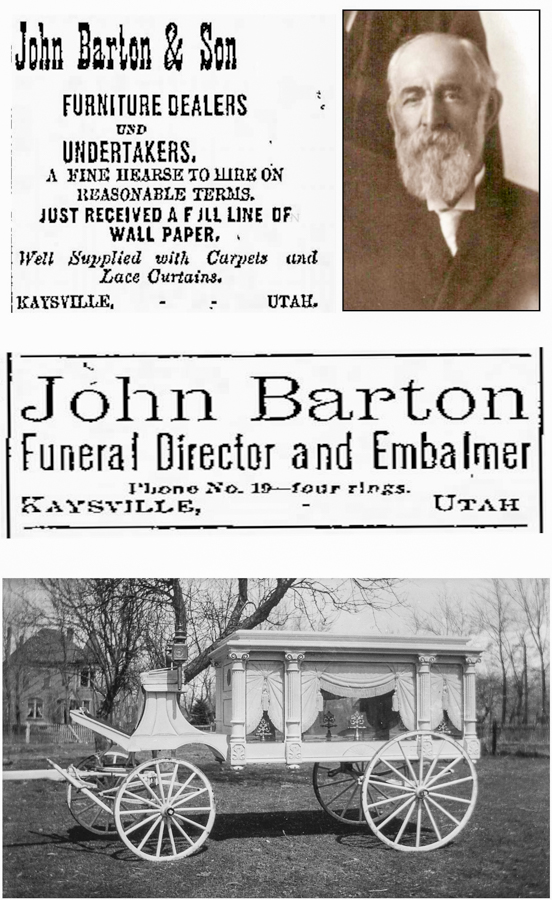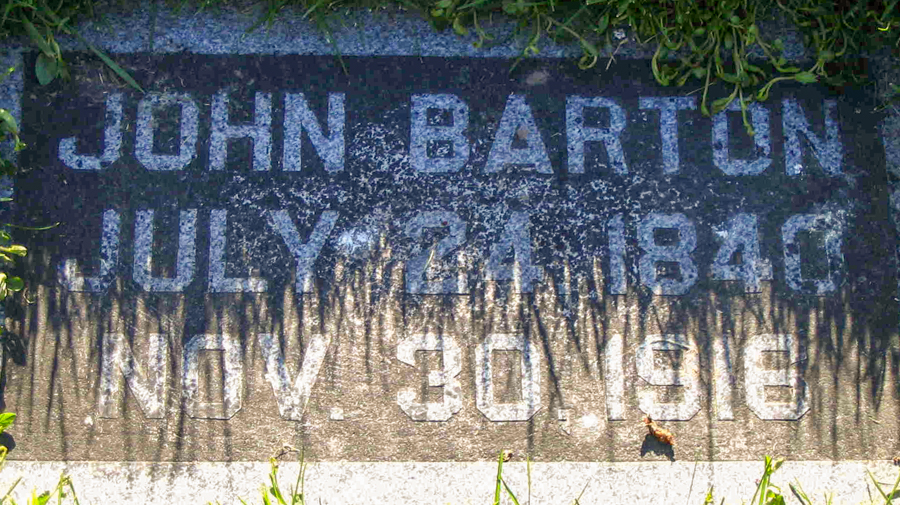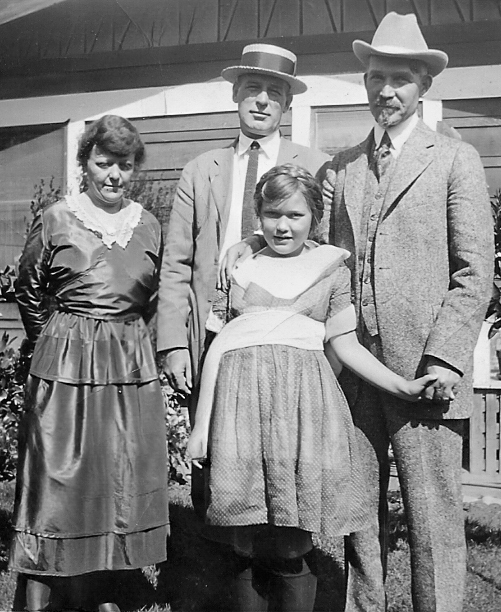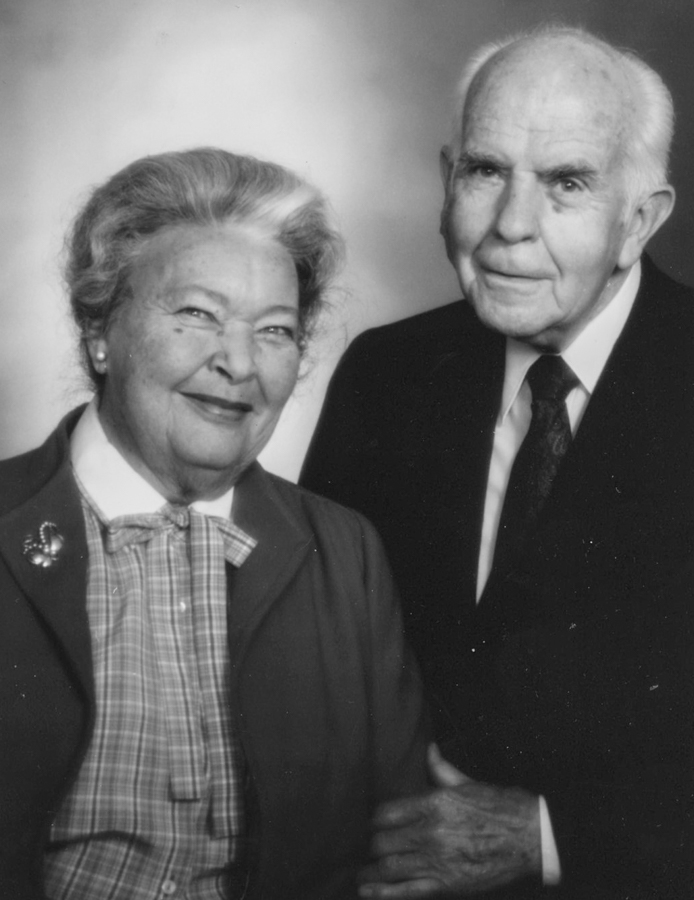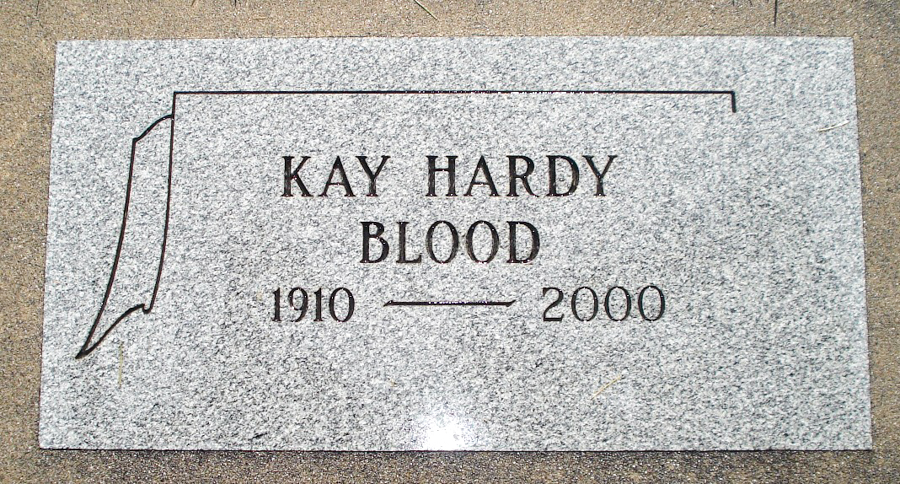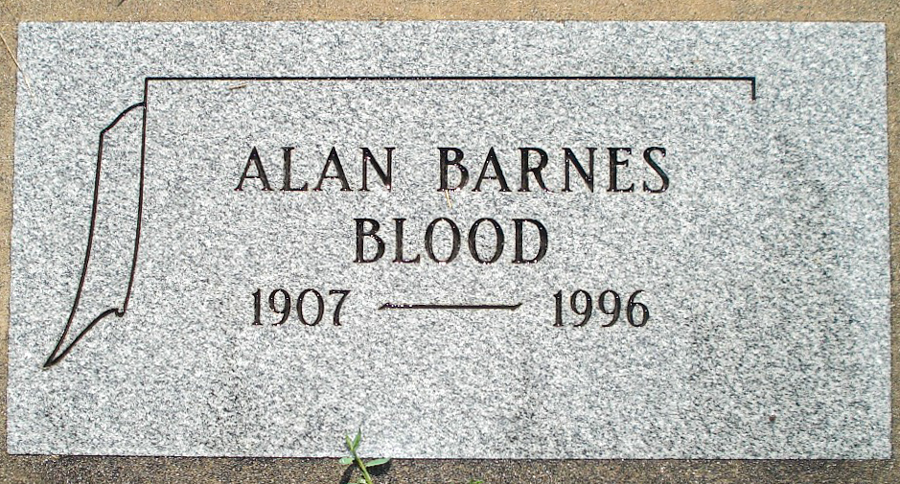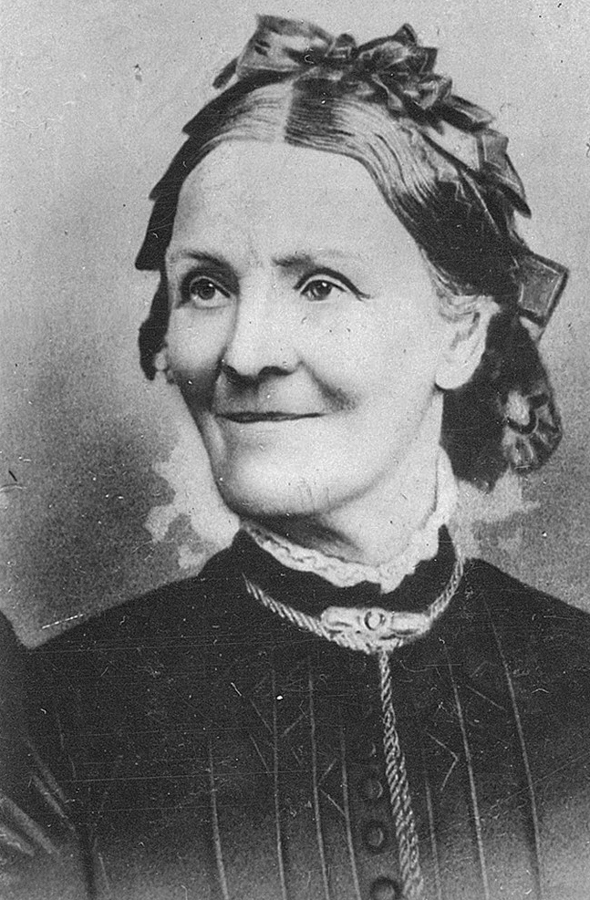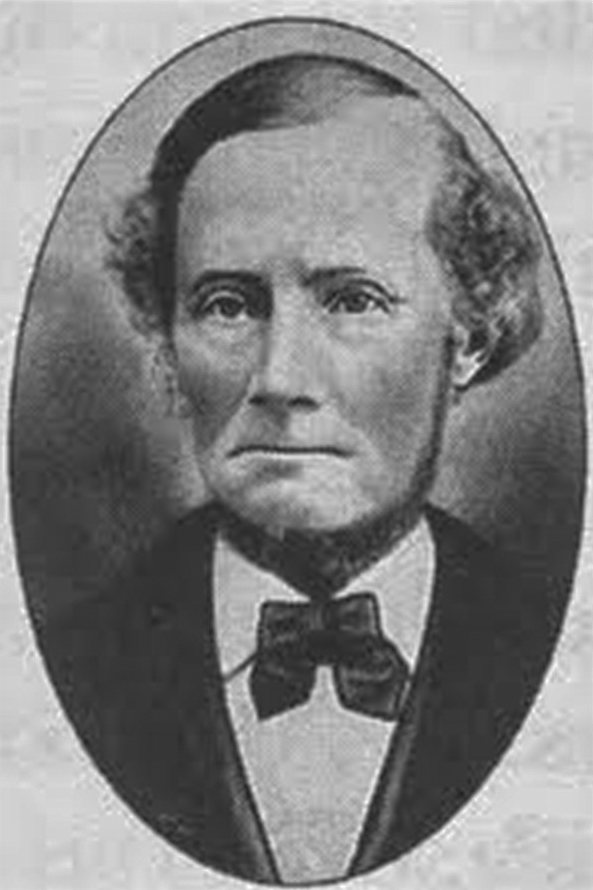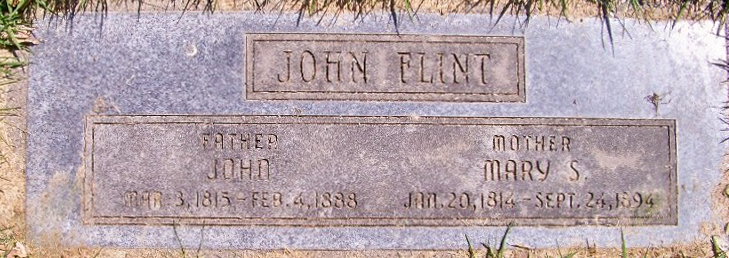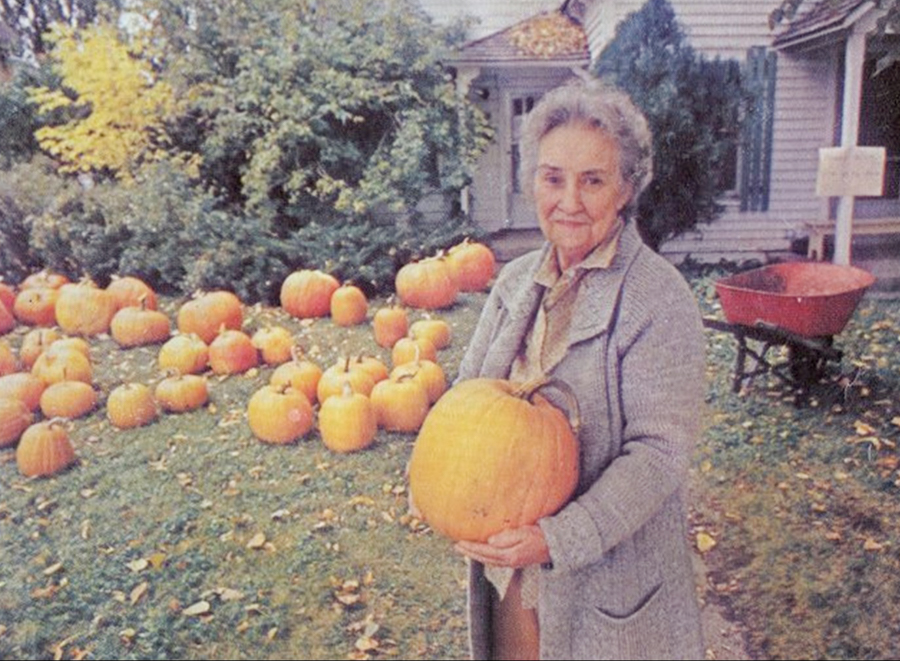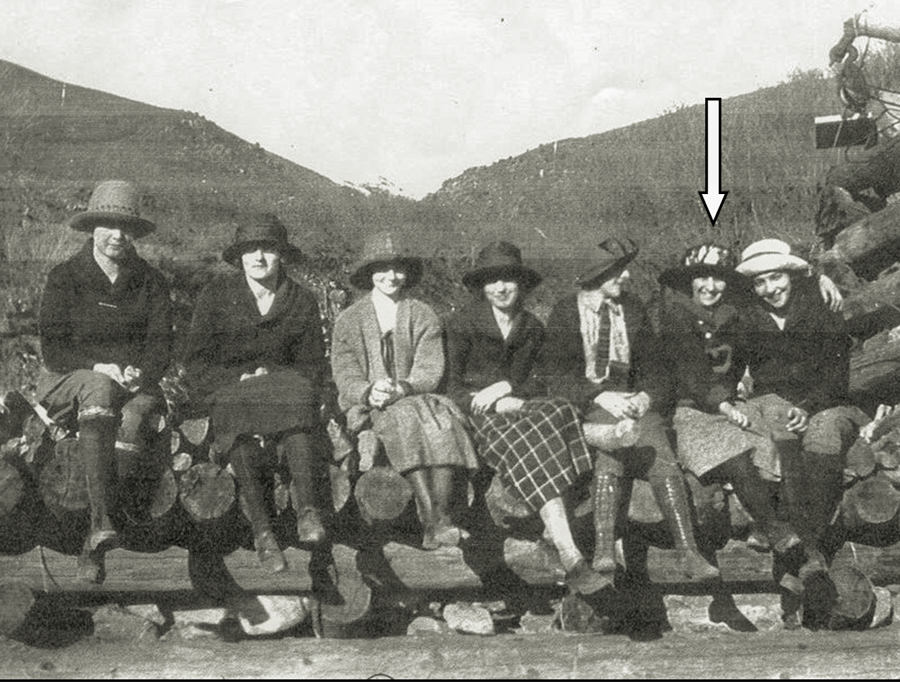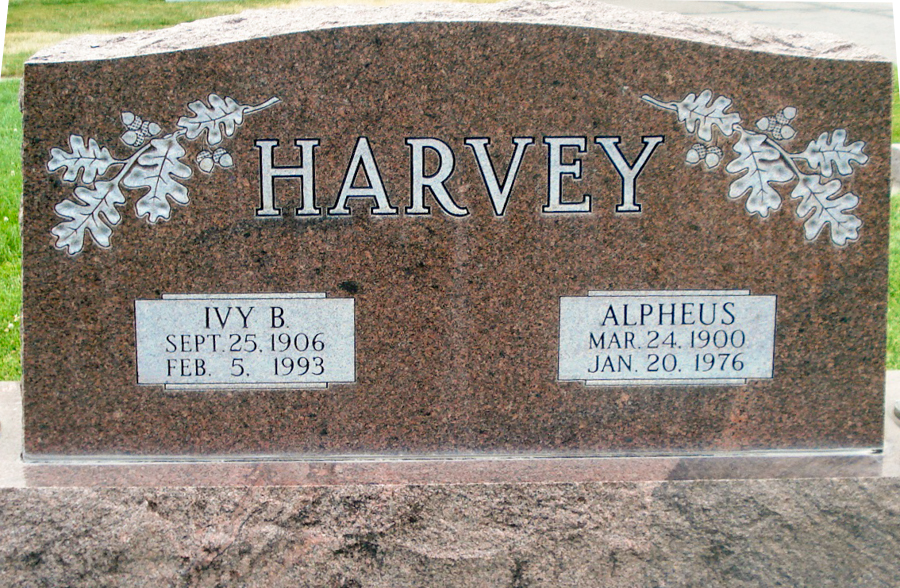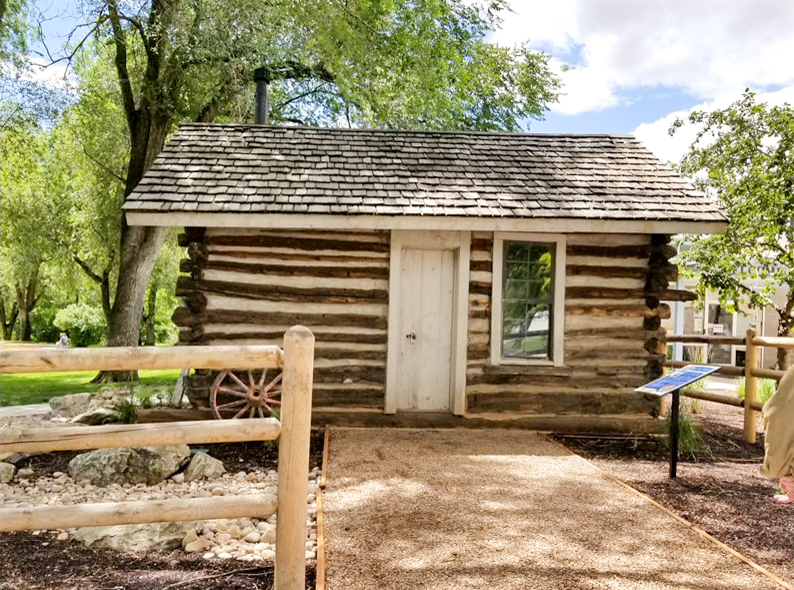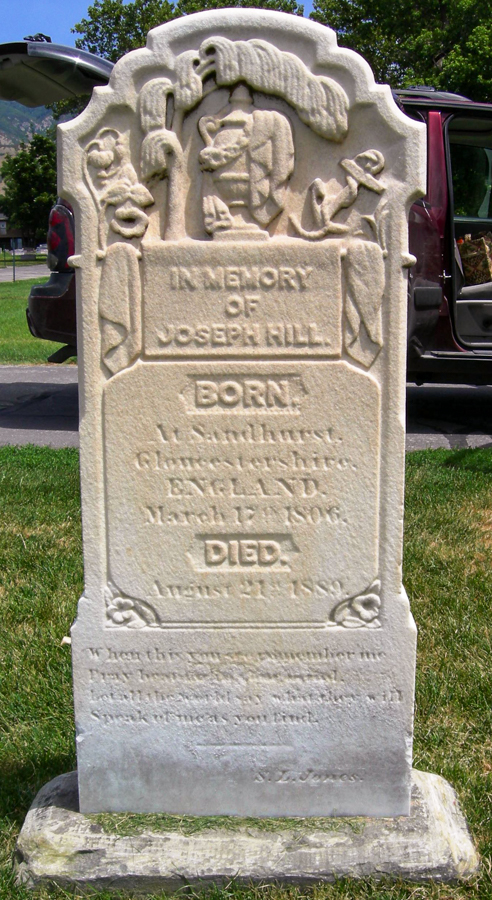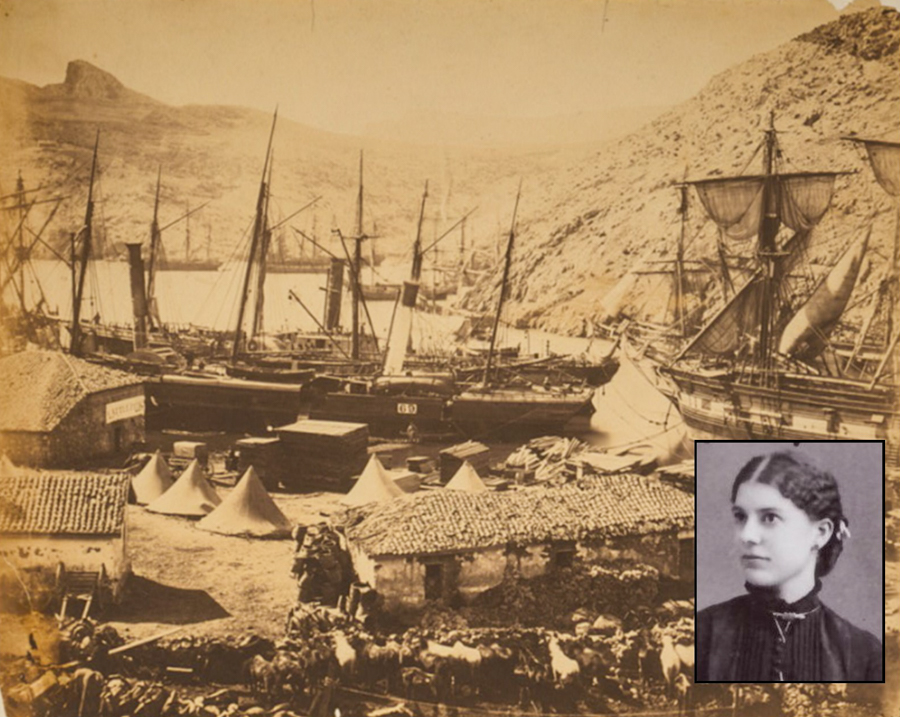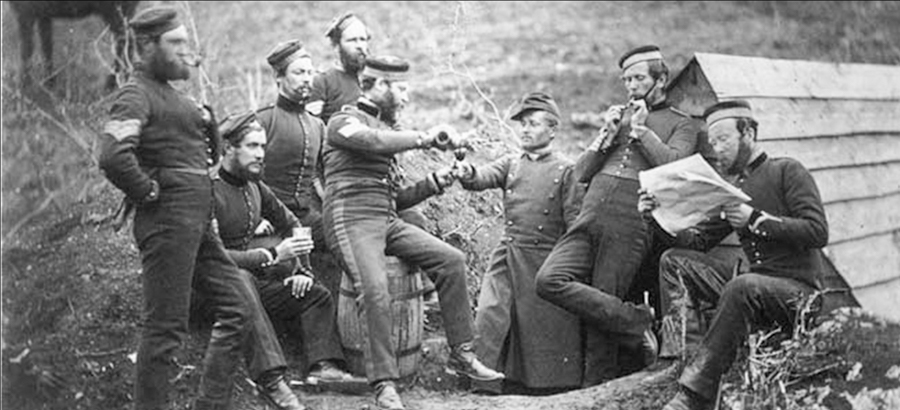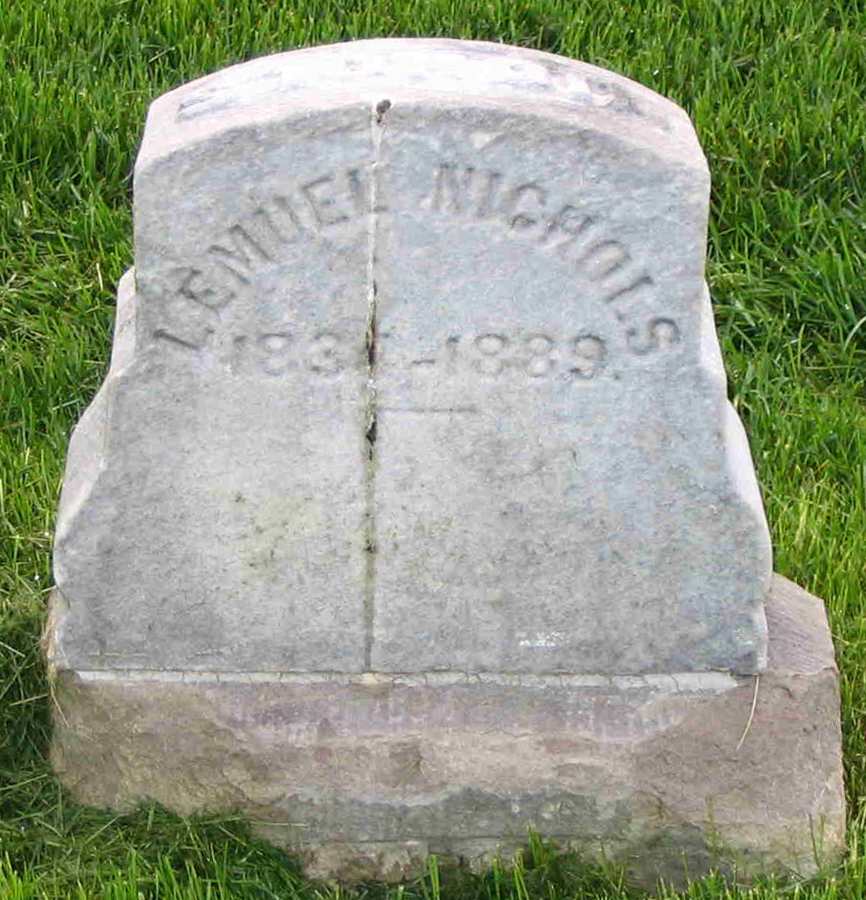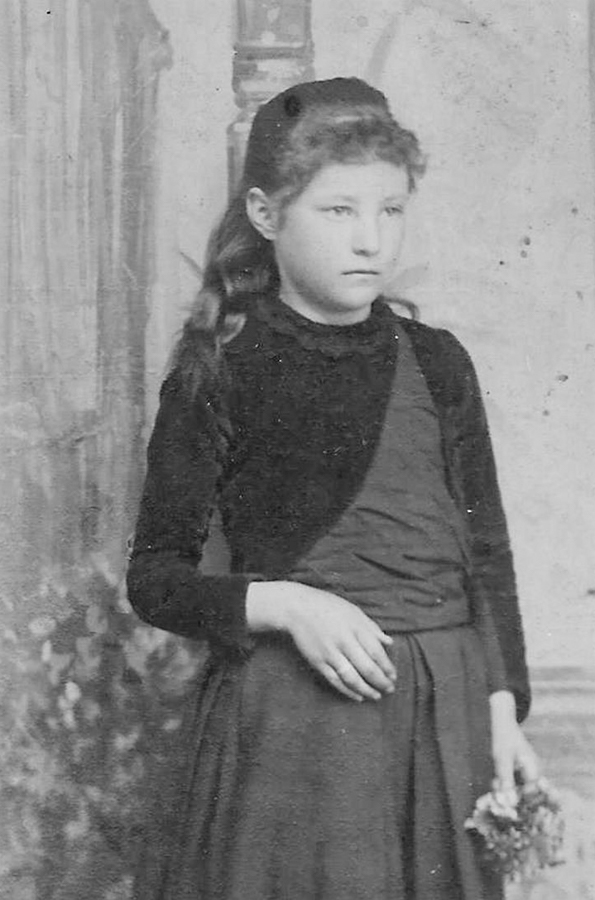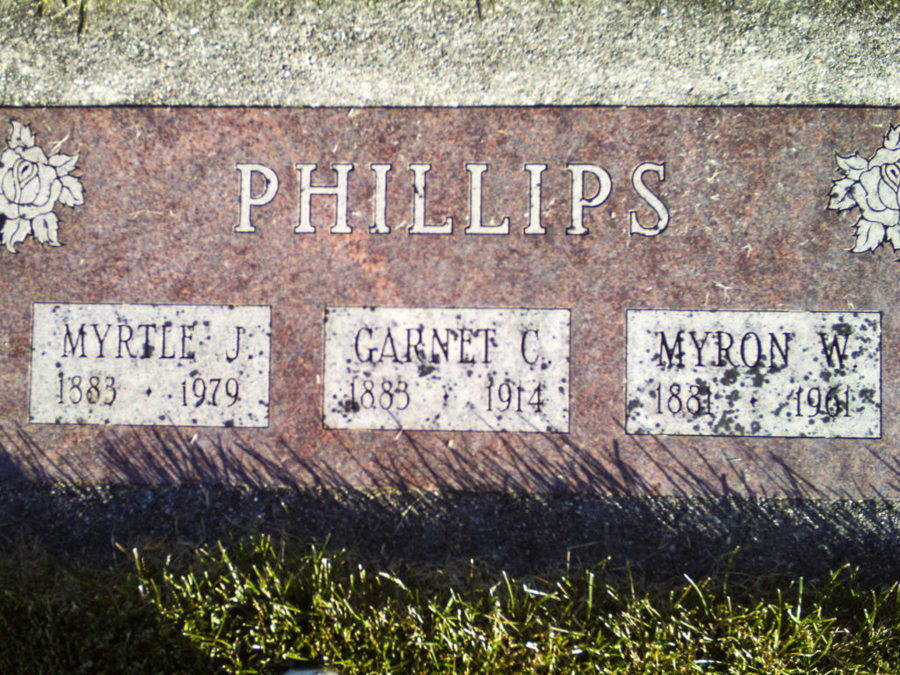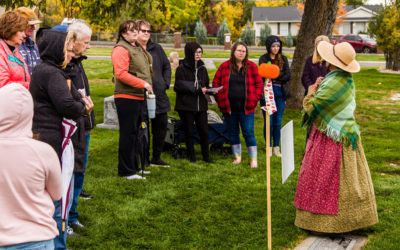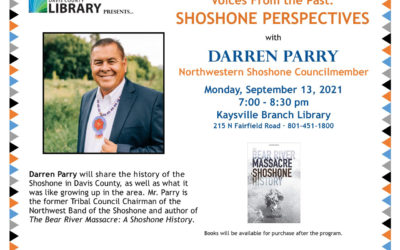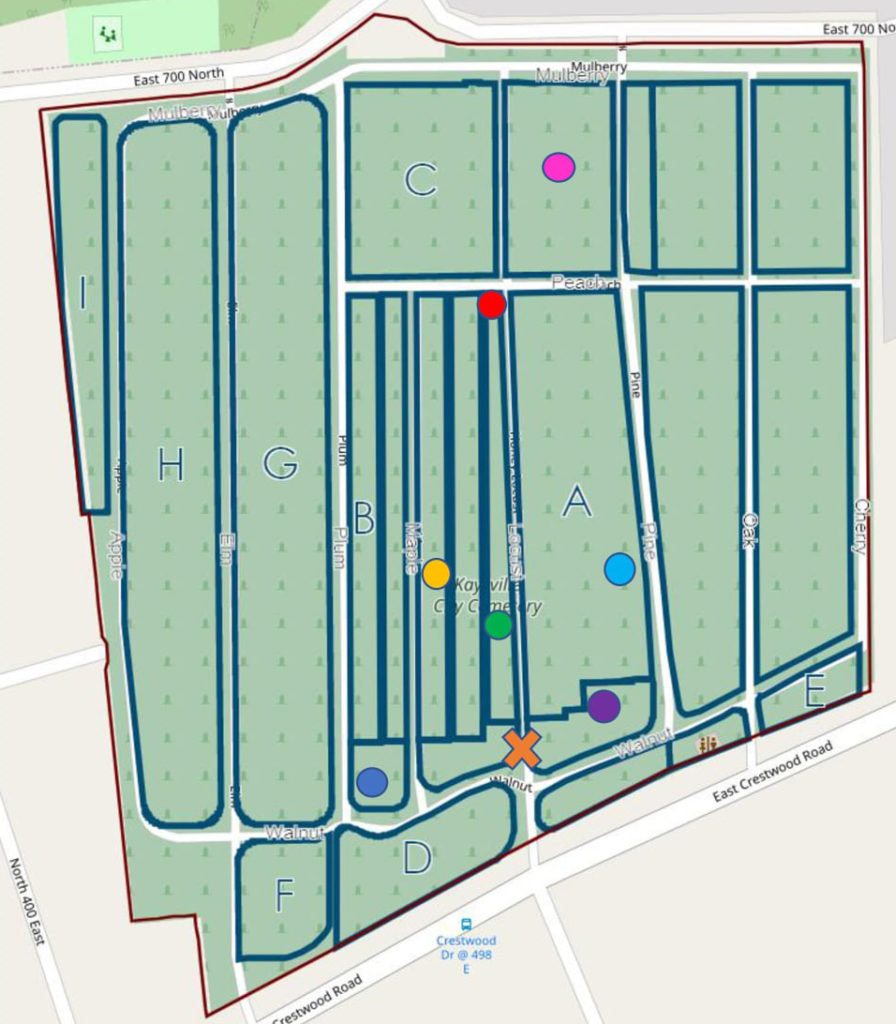 Kaysville Cemetery Tour – October 25-30, 2021 Self Guided and Virtual on Facebook
Kaysville Cemetery Tour – October 25-30, 2021 Self Guided and Virtual on Facebook
(and now here… on this website)
We are forced to make our 2021 Cemetery Tour self-guided and virtual just like last year due to the pandemic.
Participants, please see the map for approximate location of the tour stops. Match the colors on this map with the colors of the tour boxes below. We hope you have fun on your tour!
For those of you following along virtually, use the color coded borders below to guide you to the color locations on the map.
John Barton
John learned the trade of cabinet and casket maker in England. After journeying to Utah, he became the first undertaker in Davis County, an early dentist, and was sexton of the Kaysville Cemetery for 48 years.
He was fondly remembered by the children of Kaysville for his kindness, especially at Halloween. There were no treats in those days, but Mr. Barton would have something for those who stopped by. He entertaining them in costume with a story accompanied by actions.
He owned both a black and white hearse, each pulled by a horse team in matching colors. The black one was for older residents, and the white for children and youth.
Kay Hardy & Alan Blood
The Bloods were a powerhouse couple in Kaysville. Alan Barnes Blood was the son of Utah governor and first lady Henry H. Blood and Minnie Ann Barnes. He was the president and CEO of Barnes Bank for 31 years. Kay Hardy Blood was a noted philanthropist and was instrumental in the Blood Endowment to the library. She and her husband were patrons of the arts, helping struggling artists by purchasing their works and attending performances. Kay loved life; she lit up every room with her smile. She was generous with her time, resources and acts of kindness. Childless, Kay befriended every lost cat and dog that came her way.
Halloween was a special time at their home on 200 West. The Bloods always asked trick or treaters to come inside to see the children’s costumes. They distributed one of Kay’s home-made doughnuts and “trick” in the form of a small toy to each child.
Below, Kay as a young girl.
Mary Spencer & John Flint Sr.
Mary and John Flint left their home in England with extended family in January of 1851 on the ship Ellen. They buried two sons on the journey, the eldest at sea, and the youngest while crossing the plains. They moved to Kay’s Ward in the fall of that year where they lived in a west Kaysville dugout for three years. Although trained as a miner, John learned to farm, and worked with his sons to established a successful enterprise. For building materials, many times they chopped down pine logs in the mountains during the day and reach home well after midnight. Everyone in the family learned to work hard and play hard. Mary was an efficient nurse, seamstress, and an excellent cook. She was known for making the best English plum pudding around. The children walked close to six miles a day to and from school in all kinds of weather. For recreation, dances were sometimes held in their own parlor and lasted until the wee hours of the morning. Picnics to a local lake resort included a long, dusty drive by wagon.
Ivy B. Bishop Harvey
Kaysville’s Pumpkin Lady & Historian
Ivy and her husband Alpheus were know as the local Kaysville historians. Together they created a historical map, research and direct city walking tours, and were founding members of the Kaysville-Layton Historical society. They collected many histories and memorabilia. She taught in Kaysville elementaries for 32 years.
Ivy started her pumpkin business in 1963 at her home on Center Street. Her original plan was to grow pumpkins for her grandson, but it turned into a fun adventure that continued for many years.
She became known as the “Pumpkin Lady” and then the “Pumpkin Queen.” The squash were sold by size and appearance. If she wasn’t home the purchasers helped themselves and left money in her screen door.
Ann Marston & Joseph Hill
Ann and Joseph Hill joined a new church whose missionaries were proselytizing among the United Brethren in England. They with their family first crossed the Atlantic Ocean in 1841, then the Great Plains in 1850. While with the wagon train, Joseph served as a captain under the Caldwell company and was referred to as “Cap” the rest of his life. Just a year later they had begun a homestead of a log cabin, hay and grain fields, and a cattle herd on Angel Street in Kay’s Ward. A grasshopper scourge of 1855 followed by a hard winter forced extra hardship on the settlers. Hearing talk of gold by 49er travelers, Cap decided to try his fortune in California. While returning to Utah in 1862, Ann was critically injured in a wagon accident and died July 4th. The Hill family are considered important early settlers of what was called “The Big Field” area of west Kaysville. Living along the immigrant Bluff Road, they prospered by exchanging commodities for cash with travelers that passed through. The cabin, cared for by the family for over 5 generations. is now at Layton’s Heritage Museum.
Plot A-5-2-6
Lemuel Nicholls
Lemuel Nicholls, Mariner in the British Navy Serving Queen Victoria.
Served in several wars: The Crimean, The 2nd China Opium War, The Maori War. He was also assigned to a posting specializing in smuggling investigation with the English Coast Guard.
1852 — 1872 Lemuel was a stoker and boatman on ships Agamemnon, Retribution, Cumberland, Eclipse, Cumberland, Pembroke, and Penelope. He served a total of twenty years.
He rescued kidnapped daughter, Alice, from a gypsy camp with the aid of mounted policemen. Her hair had been cut, a birthmark “charmed” off her face, and she was dressed in boy’s clothes as a disguise. Was there Halloween magic involved?
Lemuel immigrated to Utah in 1885 and then moved to Kaysville in the spring of 1886.
Myrtle Eleanor Jones Phillips
Myrtle was a native of Kaysville. Her father Samuel Jones carved headstones, some of the oldest in the cemetery. Her mother Martha Simmons raised flowers and arranged them for a model, the image to be chiseled into stone.
She had a wealth of friends and was acclaimed by them as a poet, a musician, and the best bridge player in town. Myrtle enjoyed performing in many local dramatic productions and was an actress who carried off a superb Halloween witch. She taught piano students for 72 years even after her eyesight had failed, and was a church organist for 32 years. Indeed, she devoted her life to music.
On her 95th birthday, Myrtle was quoted in the newspaper as attributing her youthful attitude to keeping active—she loved to travel, and the love of family and friends. She was noted as having unequalled energy, was always pleasant, possessing a wonderful sense of humor. She was known to laugh a lot, but gave service unstintingly to the community.
